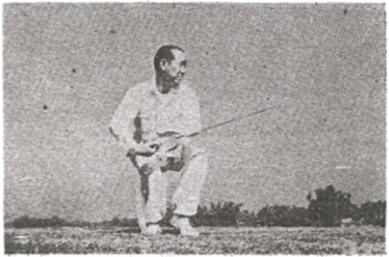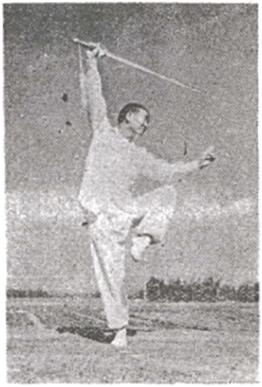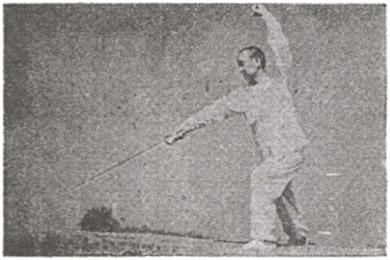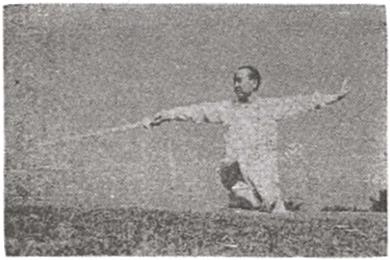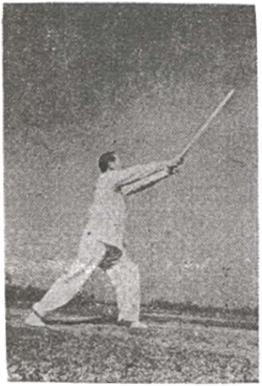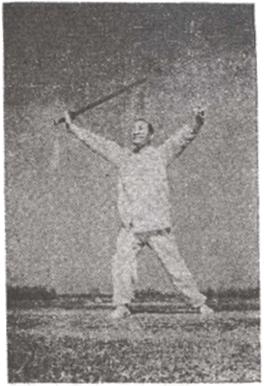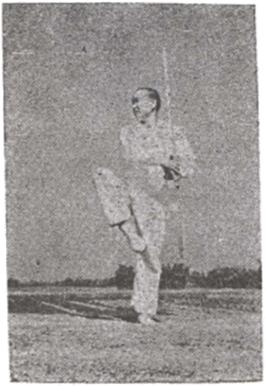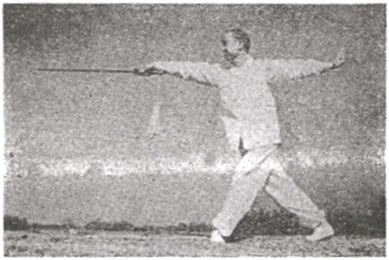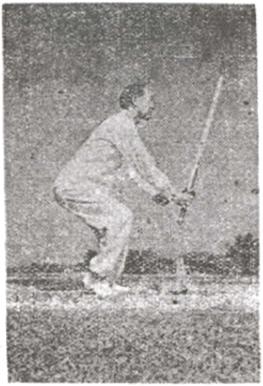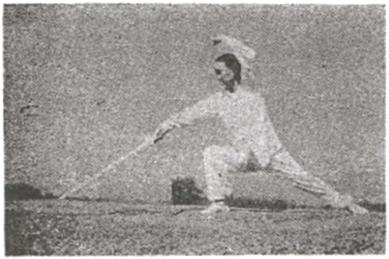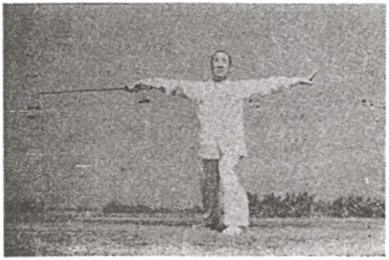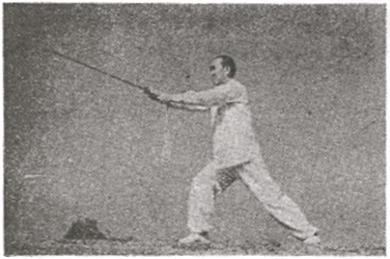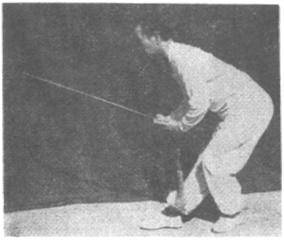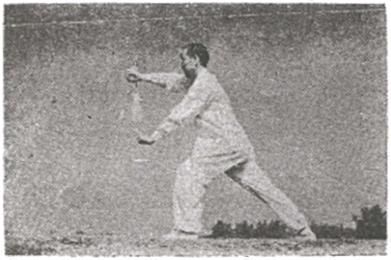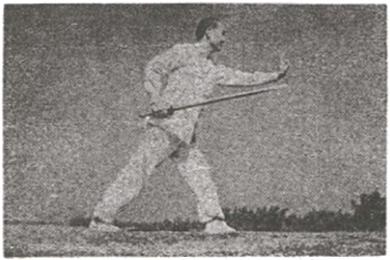Authentic Xing Yi Quan by Gong Zhong Xiang (Author), Franklin Fick
(Translator) – Book Review
While not being a book to enlighten
or deepen the physical or theoretical practice of the long term Xingyi Quan practitioner,
it is representative of a Xingyi masters life, practice and accomplishments. This
book is what I refer to as a “survey”, meaning it surveys the length and
breadth of a specific practitioner’s art without delving to deeply into any
aspect of it. These types of books are valuable to beginners and people who
want general or high level information about the art and the occasional gem can
be gleaned from them by the long time practitioner as well.
The first 20% of the book is about
Mr. Gong’s martial accomplishments. There are many pictures of various members
of marital organizations he is associated with and pictures of him teaching his
students. It also includes an interview with him and a history of his teachers
and lineage.
The following 20% of this book includes
a number of translations of the Xingyi Classics. The classics are famous
sayings handed down from more experienced practitioners to guide the younger
generation. They are supposed to help teach the student to self govern during training
and find the postural requirements. This book includes a lot of them, like:
·
Xingyi Quan’s Hand Method and Hand Position
·
Stances and Stepping Method
·
Kicking and Body Methods
·
Xingyi Quan’s Basic Boxing method
The book continues with detailed descriptions
of the five fists, twelve animals, linking forms and two man set. I believe an
experienced Xingyi practitioner will enjoy the inclusion of the classics because
they are paired with the various forms; from the Ma Xing - Horse shape “The
horse steps are quick like flying, it’s called sudden steps. The Horse Form
showcases the quality of the horse racing full speed…”.
To round out the survey of Mr.
Gong’s art they have included a small section about the Bagua Zhang (8 Changes
of the Palm), a sister art of Xingyi Quan, practiced by Mr. Gong. His Bagua
Zhang comes from the Yin Fu lineage and while I disagree with the nonsense
printed in the “Introduction to Gong Ting Bagua” (it always equals our school
is the best school because……..) there is a nice outline of the palm changes and
some of the other material included in the system.
This book is a “survey” and is not meant to
document every aspect of the art. Many people complain of the lack of clarity
in the pictures or lack of applications. It is my opinion that the pictures in
books are to be used as a reference
by students receiving hands on training from a teacher. You cannot learn this
art from a book; you cannot learn these arts from You Tube. You have to spent time with a real
practitioner of the art. You can learn forms, you can even learn applications,
but you will never achieve real understanding without the help of a teacher.
Owen Schilling is a 20 year
practitioner and teacher of Xingyi Quan, Bagua Zhang and Tai Chi Quan, a
lineage holder in the Yi Zong Internal Martial Arts School and the lead
instructor at Boulder Internal Arts
in Boulder, CO.






 ↑
↑  左後
左後 ↓
↓  左前
左前




